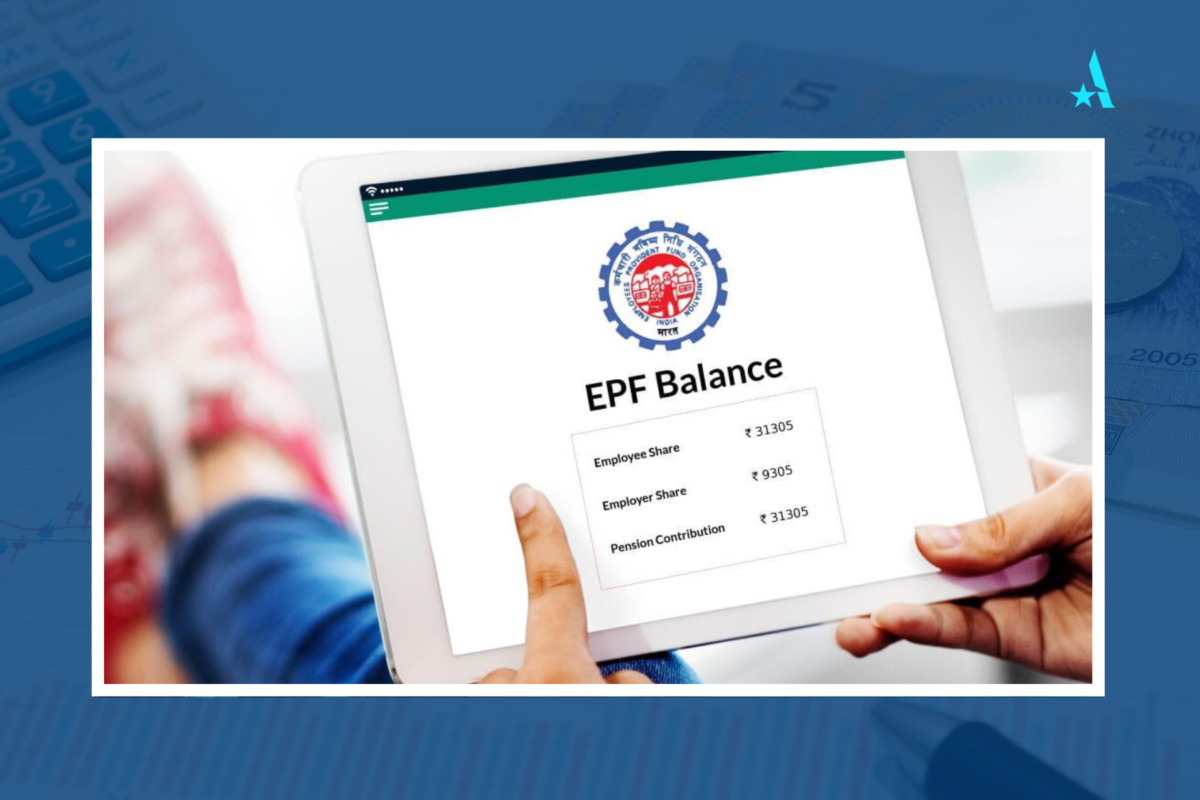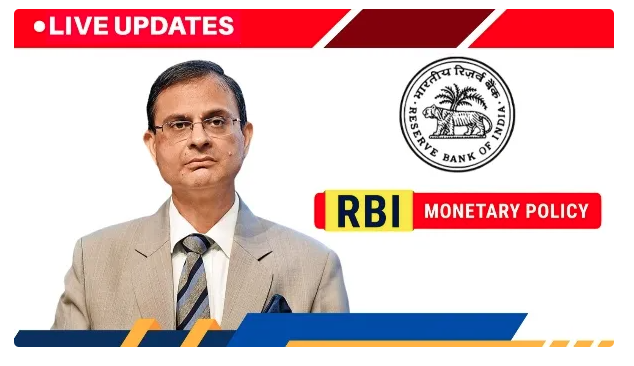ONGC, OIL India shares gain as crude prices jump further amid Israel-Iran conflict
Mumbai: Shares of public sector undertakings (PSUs) ONGC and Oil India surged on Friday, June 13, 2025 even as the stock market tumbled. The surge in prices of these stocks comes amid a sharp spike in Brent crude oil prices after Israel attacked Iran’s capital.
The shares of Oil India Ltd opened gap up with a gain of 2.8 per cent at Rs 481.15 on the BSE against the previous close of Rs 468.05. It gained further and touched the high of Rs 485.80, a gain of 3.79 per cent from the last close. The surge in price comes as the stock witnessed a spurt in volume by over 2.75 times today. At the time of writing the story, around 7.55 lakh shares changed hands. This is higher than the two-week average volume of 2.74 lakh.
Similarly, the shares of ONGC (Oil and Natural Gas Corporation Ltd) also opened gap up with a gain of 2.72 per cent at Rs 254.55 against the previous close of Rs 247.80. The counter hit the intraday high of Rs 255.40.





